By A Mystery Man Writer
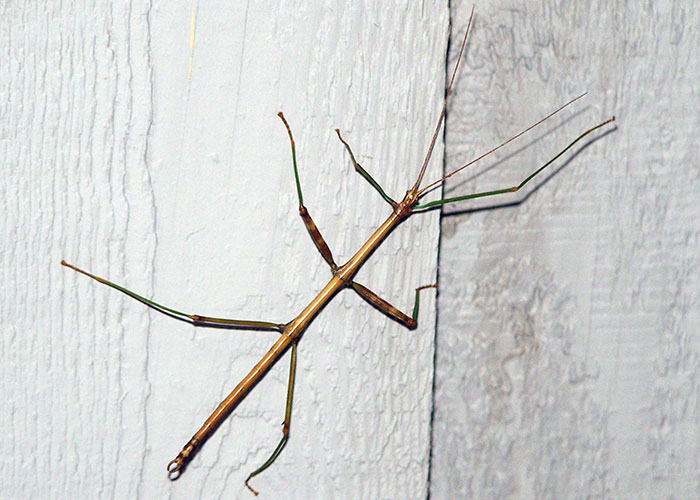
Shy and nocturnal, Walkingsticks graze on leaves of forest trees and, during a population boom, can damage them. There are two reasons for camouflage—to hide and to hunt. Turns out that despite one of Mother Nature’s better camouflage jobs, many predators aren’t fooled; walkingsticks are spotted and eaten by a variety of songbirds, rodents and mantises.
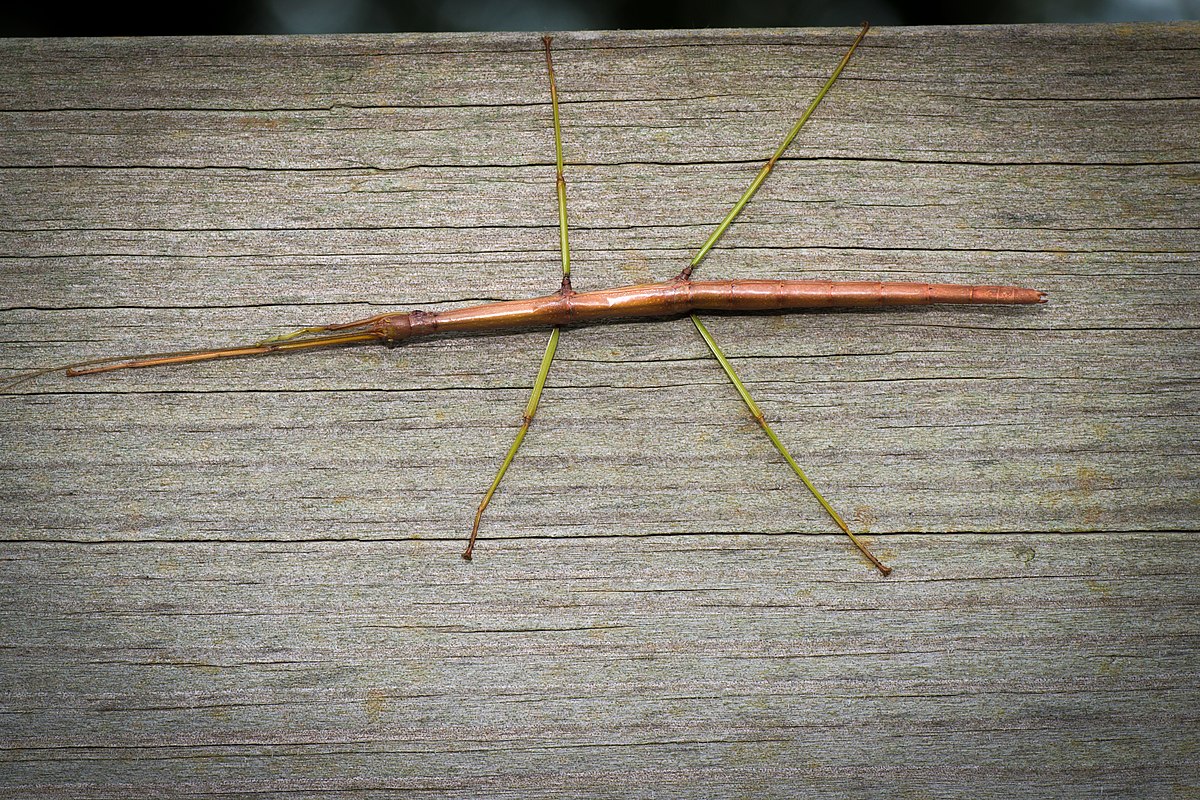
Common walkingstick - Wikipedia
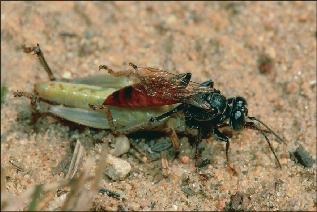
Analysis of Ecology, Nesting Behavior, and Prey in North American, Central American, and Caribbean Tachysphex (Hymenoptera: Crabronidae)

Walkingstick (Family Heteronemiidae) – Field Station

Northern Walkingstick (Putnam County Site Observations - Primitive Insect Orders) · iNaturalist
Description of the female, egg and first instar nymph of the stick insect Paraphasma paulense (Phasmatodea: Pseudophasmatidae) from Southeast Brazil

Walkingsticks (Stick Insects) Missouri Department of Conservation
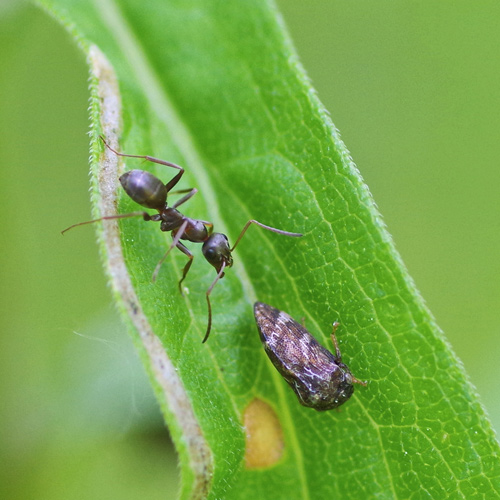
them on goldenrods, but they
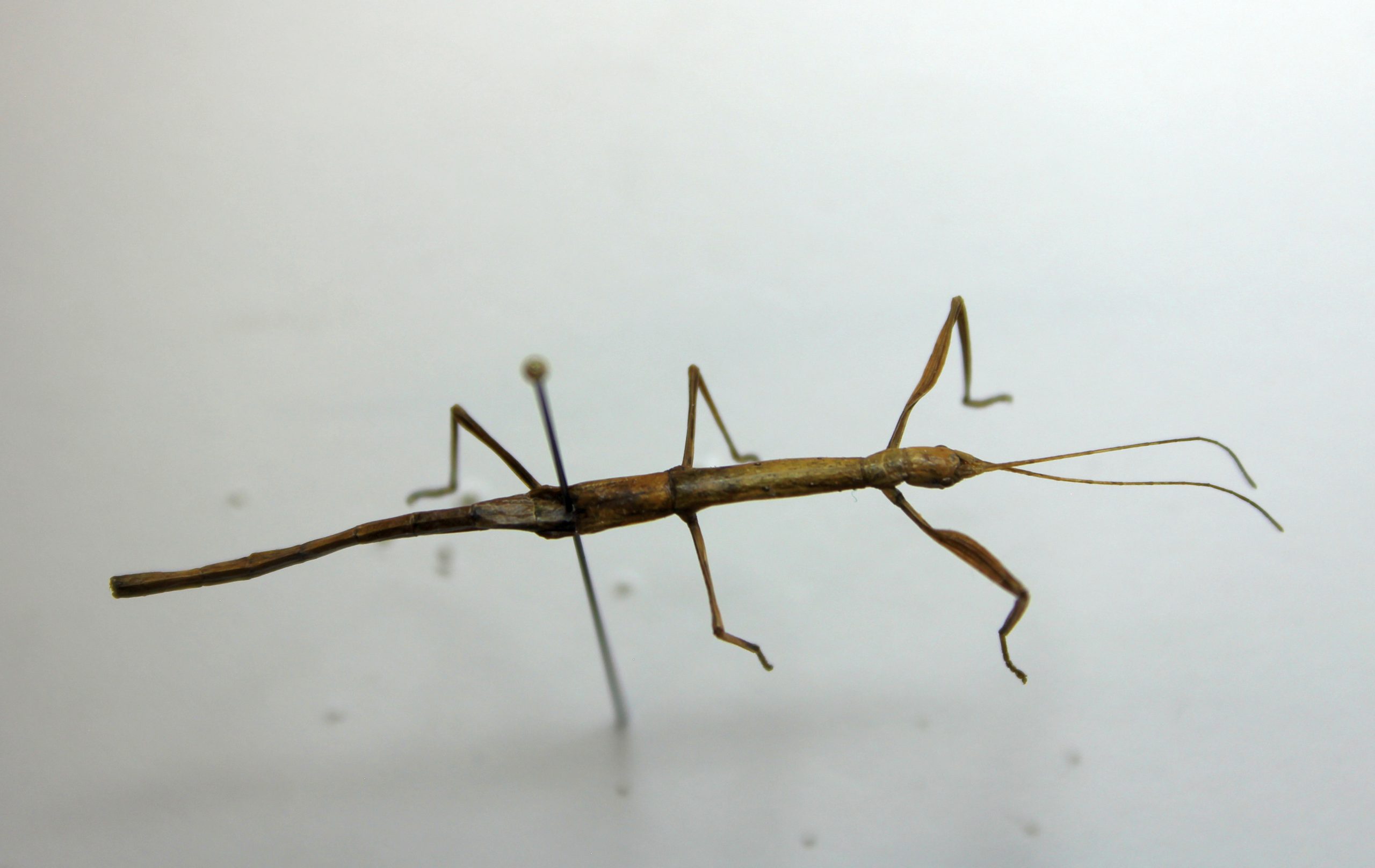
Phasmatodea – UNBC BIOL 322, Entomology

Giant walkingsticks - Megaphasma denticrus
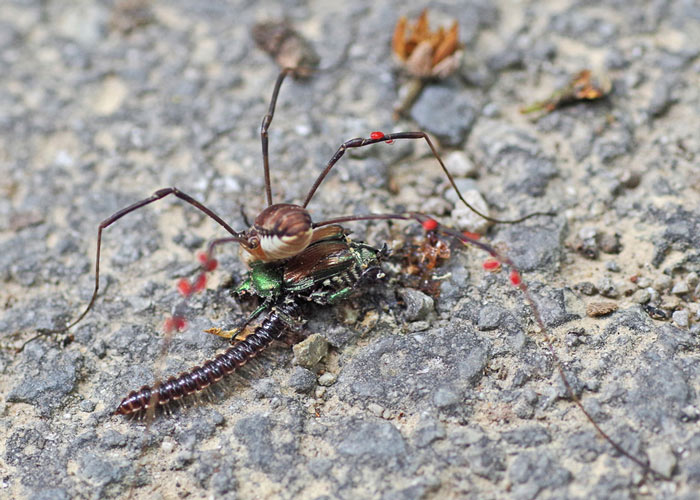
them on goldenrods, but they